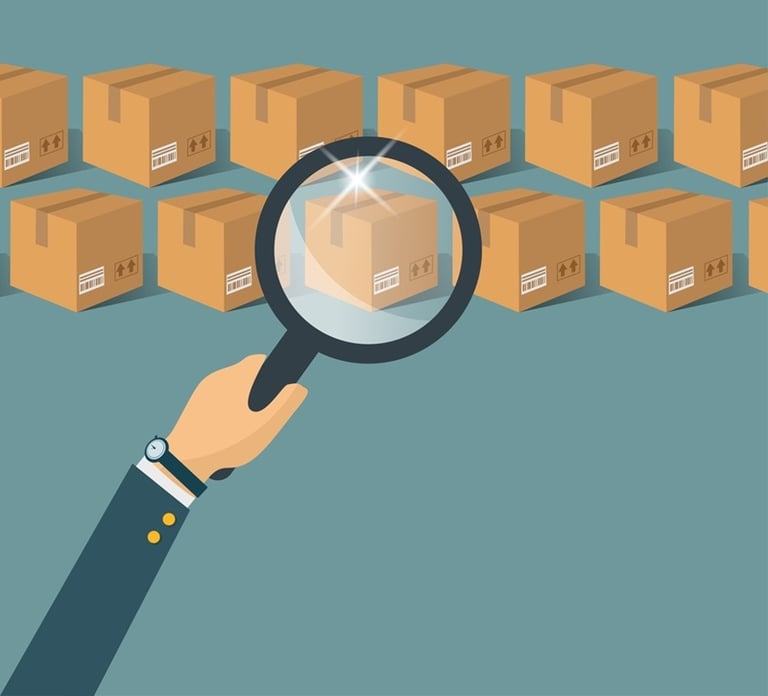If you took a physics class, you might have heard of Schrodinger's Cat. It's a thought experiment in which a cat, a poison vial and a radioactive source are all placed in a sealed box together. If the radioactive material decays even a little, it should trip a mechanism that would break the vial and affect the cat. However, an outside observer cannot know if that event ever occurs (because of the box), leading to the odd conclusion that the cat is both alive and dead while inside the box.
The cat is hypothetical, but the is-it-or-isn't-it state that it's in is very similar to the situation that a lot of professional services organizations, not-for-profits and entertainment firms find themselves in every day with their finances. This is because:
- They do not have enough visibility into the model assumptions behind their budgets.
- They are overly dependent on their IT departments for up-to-date financial data.
- They spend much of their time reformatting, reconfiguring and reconciling Excel sheets.
- They are limited in how quickly they can integrate new expenses or other applications.
- They are bound to lengthy processes for monthly closes, new market analysis, etc.
The result of all these limitations is a finance department that cannot be much of a strategic partner to the business and that constantly struggles to contain its costs, maintain its productivity and come up with reliable insights. It is as if the firm's budgeting and forecasting operations are in a box like the one containing Schrodinger's Cat: It is impossible to know if the numbers for revenue, contracts and the like are accurate, or what exactly the organization should be planning for down the road.

Many organizations have limited visibility into their finances.
Solving Schrodinger's finances: How cloud financial software can clear things up
"Many challenges are aggravated by using inadequate tools."
Dealing with finances inside such a black box doesn't have to be the norm. For finance teams, many of the challenges they face are aggravated by using inadequate tools, especially spreadsheets (which are linked to manual processes) and legacy desktop software.
Switching to a cloud-based solution like Adaptive Insights provides the clarity, speed and collaboration that today's organizations need during budgeting. Such a suite offers:
- Time-saving automation that allows stakeholders to reallocate resources away from basic number-crunching to more value-added planning tasks.
- Improved performance visibility and accountability across departments, so that no one has to stare down Schrodinger's Cat-like uncertainty.
- Frequent refreshes of important data, with intuitive visual insights that can be utilized by people of all types across the business.
- Lower software licensing costs than an on-premises equivalent, leading to reduced overall IT expenses.
- Immediate access to reports and numbers in the cloud, thanks to real-time capabilities.
Using cloud budgeting and forecasting software like Adaptive Insights, with the help of an experienced partner like Arxis, transforms the finance department into a more productive part of the organization. Ultimately, teams can provide everyone with higher-quality insights than before, at lower cost and at greater speed than would ever be possible through Excel-driven processes.




